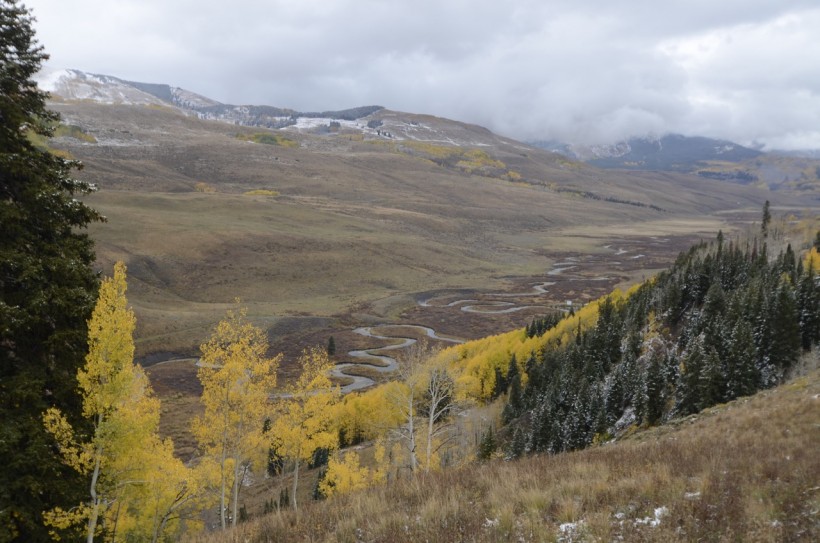A new climate observatory will be built along the Colorado River which will be utilized to observe and predict both rain and snowfalls that will occur over the western regions of the United States. The Department of Energy announced that the commencement of the project will be on the last week of August, and will be conducted by the Lawrence Berkeley National Laboratory.
SAIL Observatory in Colorado

The Surface Atmosphere Integrated Field Laboratory or SAIL observatory will be equipped with multiple technological advancements that are all suited for future studies. The materials include both typical and new weather observatory mediums, including high-definition cameras, balloons, radar programs, and other systems. The SAIL observatory will be located in the state of Colorado, where much of the natural water found in the river are recorded to be snow. The rivers serve as the main water supply for the state, with over 40 million individuals of Colorado's population leaning on it.
Boise State University expert Alejandro Flores said the mountainous areas of the state are the most challenging places to gather weather data, but the success of the SAIL observatory in the unusual placement will be recognized as a game-changer in terms of weather studies.
Flores also mentioned in a CBSN report that the information regarding the correlation of land and atmosphere is not yet fulfilled. There is a significant amount of missing observations that once conducted, will give us a better chance of understanding the link between the planet's surface and the protective sheet.
The western states have been experiencing excessive levels of drought for the past 20 years. Human-induced climate change has been the frequent culprit in numerous studies regarding the megadroughts on the west coast. Along with the unresolvable matter, the Colorado River was recently declared to incur water shortage for the first time in the hsistory. The water shortage is not yet concluded, as more prediction suggests that a mass shortage of water supply will occur soon in the regions of Mexico, Arizona, and Nevada combined.
ALSO READ: Swiss Experts Examines Elephant's Biomechanical Trunk Flexibility Through LOTR and Avatar 3D Camera
Colorado River and the Future of Water Supply in the US West
The Colorado observatory will play its part by conducting examinations of numerous rain and snowfall attributes, including the clouds, precipitation rates, and soil moisture. According to PhysOrg, more research will also take place on the SAIL observatory. Aside from hydrology, other aspects that impact water availability, like biological diversity, drought, and wildfires, will be studied.
Berkeley Laboratory expert and on-site researcher Ken Williams said that among the huge challenge the SAIL observatory will face in predicting the west coast water supply will be the water composition and soil moisture. The expert added that a large amount of snow just stays on the ground before even reaching the streams due to the abnormal weather activities during the monsoon season. This phenomenon hinders the collection of great water supply levels in the western states for 2 years now.
To cover the missing supplies, University of Arizona expert Mike Crimmins said that back-to-back wet seasons must take place. Crimmins said that the short-term heavy precipitations are not quite enough to compensate for the long-term drought taking place. Thankfully, some of the regions that have gone through monsoon seasons are able to experience an impressive amount of rainfalls, including southern Arizona and New Mexico.
RELATED ARTICLE: Tetrapods Older Than Initial Records; Have Fastest Aquatic to Land Vertebrate Evolution Rate Recorded
Check out more news and information on Environment and Climate on Science Times.




![Earth's Quasi-Moon Kamo‘oalewa Could Originate From Lunar Surface Not Asteroid Belt [Study]](https://1721181113.rsc.cdn77.org/data/thumbs/full/53275/89/56/50/40/earths-quasi-moon-kamo-oalewa-could-originate-from-lunar-surface-not-asteroid-belt-study.png)









